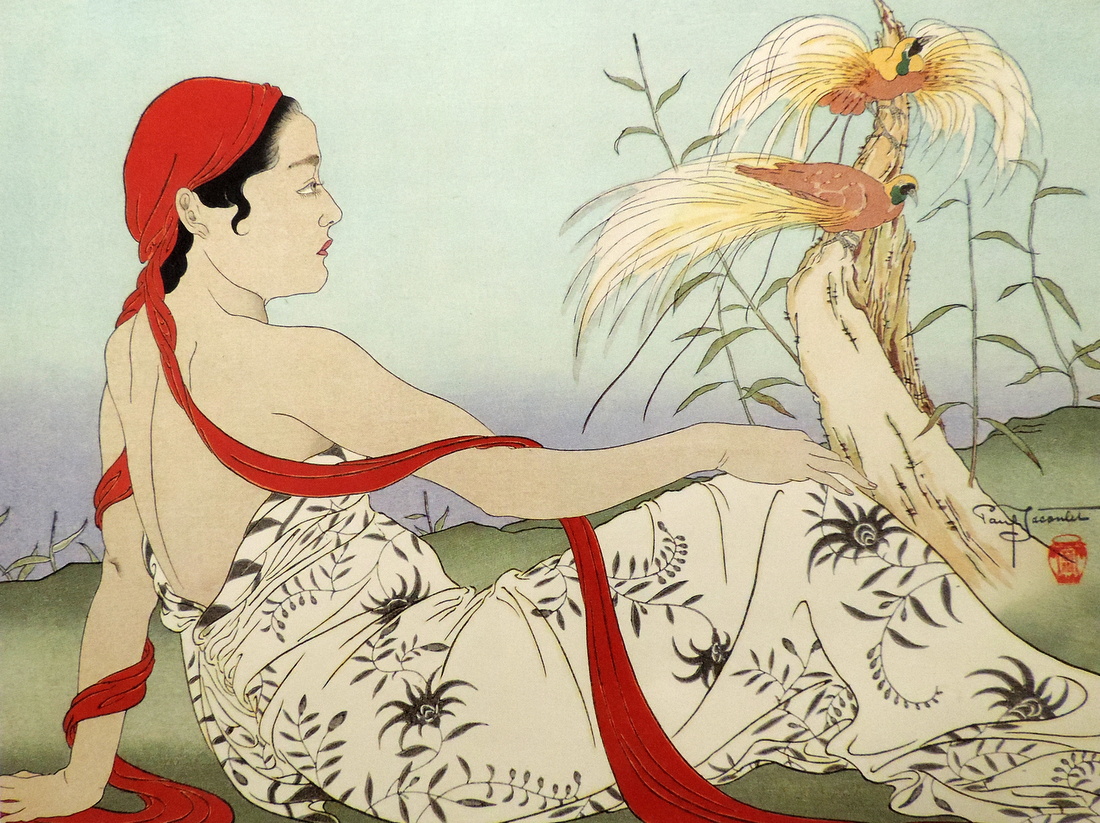History of the Japanese Futon Mattress
If you are used to camping, you already know the benefits of sleeping on a flat surface. We easily adopt the “western habit” of slumbering atop a frame, box spring and mattress. Today’s typical mattress tends to be so thick and plump but if you are researching Japanese beds and futons, our traditional mattresses probably don’t fit your idea of a healthy and comfortable sleep.
You’ve likely heard of alternatives like the Japanese futon because it has become one of the most popular types of sleeping mattresses on the planet and it comes with an intriguing history. As long as mankind began building houses and furnishing them, societies developed their own versions of beds.
In western society, European-styled beds were accurate reflections of one’s class: serfs slept on straw pallets while the landed gentry lounged in grandly-styled and built elevated beds.
On the other side of the world, floor mats of one design or another interceded between sleepers and harsh dirt, stone and wood floors. For centuries, typical Japanese families lived in small homes–usually just one room.
To make sure every new household item served multiple purposes, sleeping mats used for centuries throughout Asia were updated, improved and efficiently rolled up and stowed when not being used. Young women even brought dowries of bed rolls to establish new households, and as custom would have it, the pre-cursor to the futon remained a household necessity.
Whether left on the floor or placed on platforms, the bed roll now known as the futon was introduced to western society after World War II when GIs, returning from Japan, talked about exotic experiences sleeping on a thick Floor Mattress that, in some cases, made their backs feel better than their mattresses back home.
As the world grew smaller and circumnavigating the globe took hours rather than days, people returning from Japan reported a most comfortable futon experience from the first night they tried this type of bed.
As is so often the case, the U.S. furniture industry was quick to jump on the trend, just as it did when art deco furnishings were hot, Scandinavian styling turned minimalism into an art and an industry of fanciful kid’s beds popped up like spring daffodils.
The futon came into vogue, as did a cottage industry of frames to suit these mattresses for those who couldn’t abide the thought of sleeping on the floor, no matter how comfortable the cushioning may have felt. This combination of futon mattress and frame is now so commonplace, Japanese terms like Shikibuton and Shiki Futon are now part of our lexicon.
Today’s Japanese Futon Mattress–when compared to original designs–has evolved over time and anyone visiting Japan today will find more than a bed roll when they search for the most comfortable futon experience of all. Thanks to improved Shiki Futon design improvements, cotton-filled mattresses made to day are often so thick, you couldn’t roll one up if you wanted to.
Western-designed futons are thicker by design to satisfy non-Asian tastes and typically measure between six- to 12-inches. The trend toward a thicker, most comfortable futon, has even arrived in Japan.
For those accustomed to western beds, it’s not unusual for sleepers to stack several futons, one upon another, to acclimate their bodies to sleeping closer to the floor if no frame is available. Alternately, the traditional, three-fold polyurethane foam Floor Mattress has also evolved over time and this additional layer can be used to bolster thickness as well.
Sleeping on a Japanese Futon Mattress only takes around a week to get used to as your spine adjusts to staying aligned, possibly mediating any back issues you may suffer.
The futon isn’t just a mattress alternative: it’s also a cultural legacy; an elegant tradition with thousands of years of history. If you’re curious about which one to buy, given so many choices, the following Japanese Futon Mattress options represent a few products you may wish to consider.
Once you find what you’re looking for, you’ll solve your furnishing dilemma and perhaps get the best night’s sleep you’ve had in ages.
On average, a Japanese Futon Mattress lasts about 15 years. Futon owners regularly report that they don’t have to replace theirs as often as they did when they slept on a western mattress.
